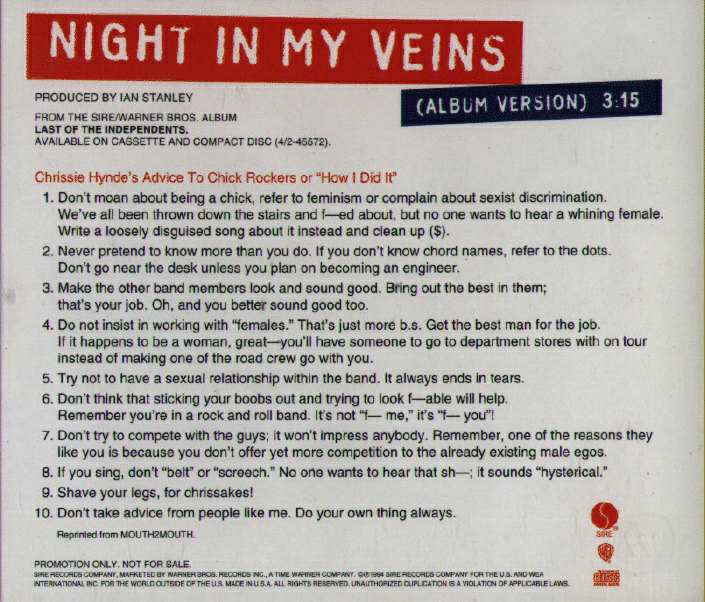Like ‘em or lump ‘em, you should give ‘em credit—Dave Grohl’s Foo Fighters have kind of redefined the concept album with their latest, Sonic Highways, pushing a tired form in a refreshing direction. Rather than a self-contained narrative, the record opens itself up to tell the stories of rock ‘n’ roll itself or, as Allmusic puts it, “the classic rock that unites the U.S. from coast to coast.” Picking up where his celebratory film Sound City left off, Grohl ties in his newest release with a series of HBO documentaries that visit cities from New York, to Nashville, Austin, New Orleans, L.A., Washington, DC., and Seattle to tell their musical stories.
Of course, the musical history of that last metropolis cannot be narrated without reference to Grohl’s former band, and so, Consequence of Sound informs us, “Nirvana received heavy focus during the [Seattle Sonic Highways] episode as Dave Grohl recounted his time in the Rock and Roll Hall of Fame outfit. Among the biggest revelations was the time Kurt Cobain asked to hear solo recordings Grohl had been working on during Nirvana’s 1992 tour.”
“Kurt heard that, and kissed me on the face, as he was in a bath,” Grohl revealed. “He was so excited. He was like, ‘I heard you recorded some stuff with Barrett [Jones].’ I was like, ‘Yeah.’ He was like, ‘Let me hear it.’ I was too afraid to be in the same room as he listened to it.”
At the time, Grohl intended these early Foo Fighters recordings as an anonymous side project, but the demos garnered enough attention that he later [after Cobain’s death] formed a band and, well… we pretty much know the rest of that story, tragedy and all. But as for the demos, we can hear them too, just as Cobain did, possibly while in the bath, in ‘92. These early versions of songs like “Alone + Easy Target” (top), “Big Me” (above), and “Exhausted” (below)—all of which eventually made their way onto the first, eponymous 1995 Foo Fighters album—have been collected as an unofficial release called Nirvana: Dave’s Demotapes 1992–1993.
Grohl plays all the instruments on these recordings (hear more here), and wrote all the lyrics, though, as he tells us in an interview below, writing lyrics isn’t something he enjoys. He also discusses his admiration for Cobain’s natural writing ability, and reveals that the Nirvana frontman liked “Exhausted” and “Alone + Easy Target” so much he wanted to turn them into Nirvana songs. The opportunity was lost, but Cobain’s encouragement clearly had positive effect on the future Foo Fighter.
Becoming a rock frontman—and a current storyteller of rock history—may have been an evolutionary leap for Grohl, but drumming has been a constant before, during, and after the Nirvana phenomenon. As a denizen of the DC punk scene, Grohl lived part of the rock history of that city as well, playing with several hardcore bands, including Dain Bramage, the project that followed his first band, Mission Impossible. Music blog Antiquiet brings us that band’s 1986 demo recordings. They’re well worth a listen, showcasing a classic mid-80s DC sound, backed by what was even then some profoundly excellent drumming from Grohl. As Dain Bramage’s singer remarked, “After you’ve spent a couple years with Dave Grohl as your drummer it’s easy to feel like no other drummer exists.” The charismatic but humble Grohl writes some pretty decent songs too, even while working in the shadow of superfamous Kurt Cobain.
Related Content:
Nirvana Plays in a Radio Shack, the Day After Recording its First Demo Tape (1988)
The First Live Performance of Nirvana’s “Smells Like Teen Spirit” (1991)
Listen to The John Bonham Story, a Radio Show Hosted by Dave Grohl
Josh Jones is a writer and musician based in Durham, NC. Follow him at @jdmagness.



